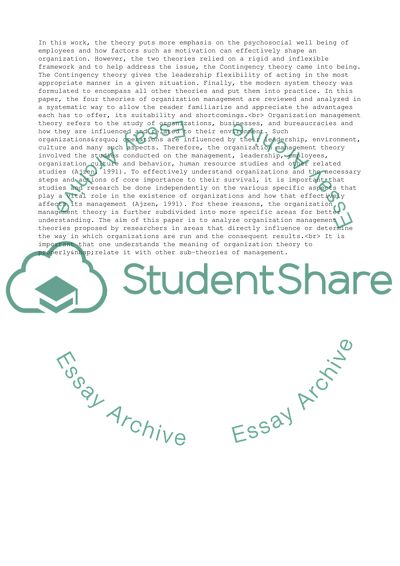Cite this document
(Reflecting on Reflexivity Case Study Example | Topics and Well Written Essays - 2250 words, n.d.)
Reflecting on Reflexivity Case Study Example | Topics and Well Written Essays - 2250 words. Retrieved from https://studentshare.org/management/1667063-organization-and-management-theory
Reflecting on Reflexivity Case Study Example | Topics and Well Written Essays - 2250 words. Retrieved from https://studentshare.org/management/1667063-organization-and-management-theory
(Reflecting on Reflexivity Case Study Example | Topics and Well Written Essays - 2250 Words)
Reflecting on Reflexivity Case Study Example | Topics and Well Written Essays - 2250 Words. https://studentshare.org/management/1667063-organization-and-management-theory.
Reflecting on Reflexivity Case Study Example | Topics and Well Written Essays - 2250 Words. https://studentshare.org/management/1667063-organization-and-management-theory.
“Reflecting on Reflexivity Case Study Example | Topics and Well Written Essays - 2250 Words”, n.d. https://studentshare.org/management/1667063-organization-and-management-theory.


